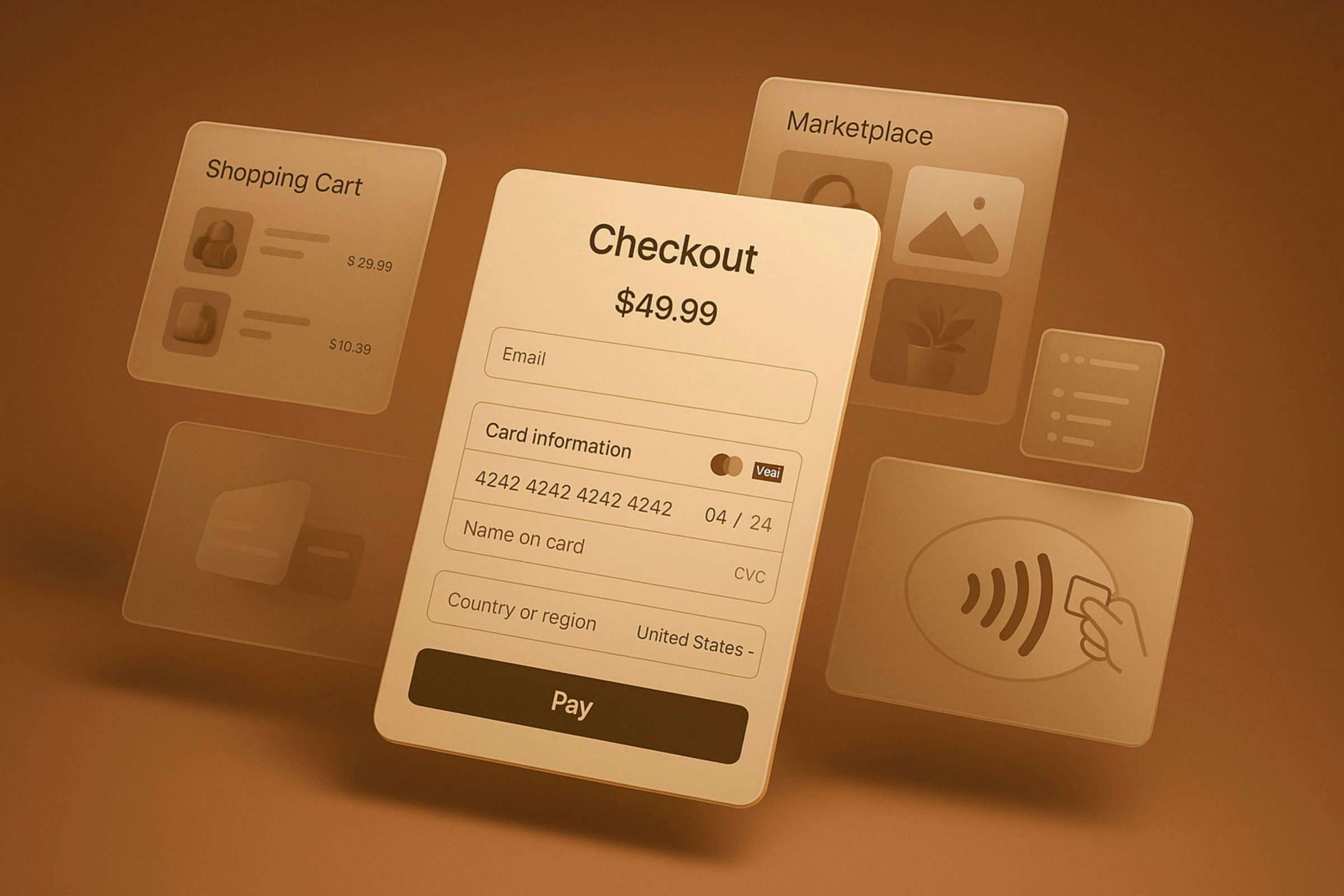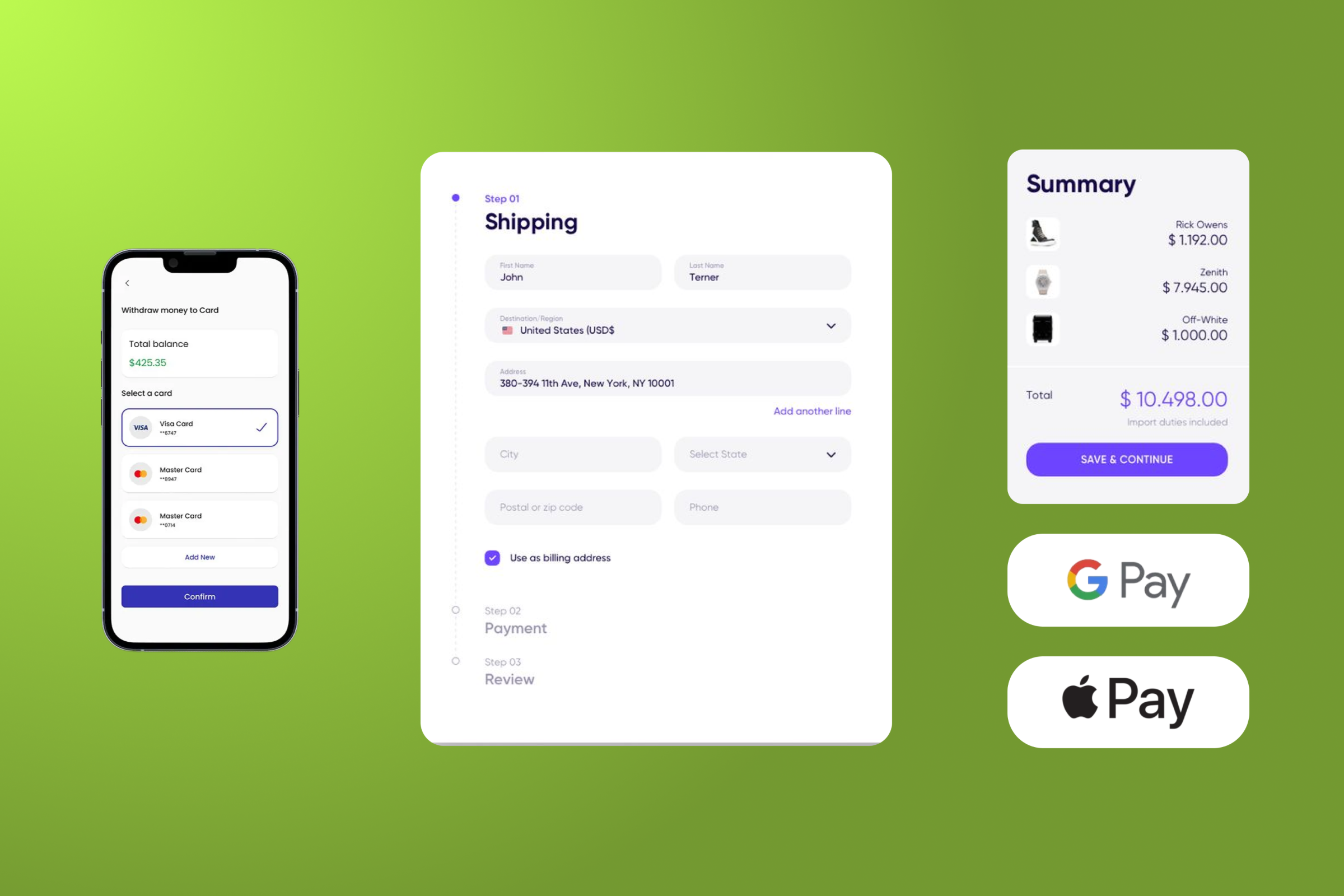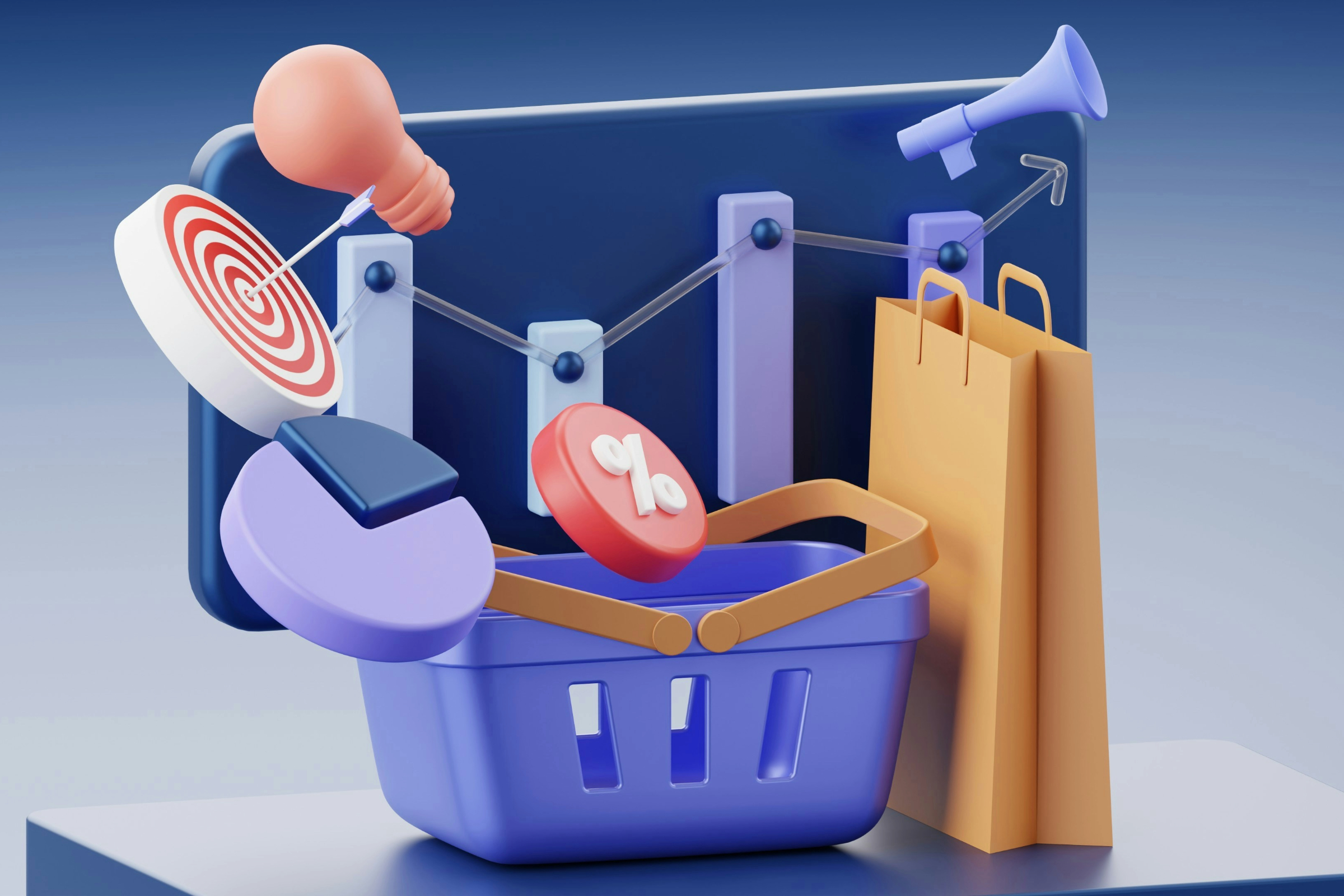Increase Sales on Your Shopify Store in 2025
Running a Shopify store in 2025 isn’t just about driving traffic — it’s about turning that traffic into real revenue. Yet most store owners focus on the wrong things: tweaking colors, adding more apps, or pouring more money into ads, hoping something sticks.
The truth? If your store isn’t converting, none of that matters.
In this guide, we’ll break down the most common (but overlooked) mistakes that quietly kill your conversion rate. From misplaced best-sellers to trust issues, slow themes, and bad data habits, this is your no-fluff, action-focused walkthrough to find what’s blocking your sales and how to fix it.
The Biggest Gaps That Hurt Sales on Shopify (And How to Fix Them)
If your Shopify store isn’t converting and you're not sure why, chances are you're missing a few key elements that high-performing stores prioritize. These aren’t obvious design flaws or ad issues. They’re deeper structural gaps that silently kill your conversion rate and make it harder for visitors to buy.
Not Prioritizing the Right Shopify Metrics
Most store owners focus too much on traffic or total sales but ignore what actually drives revenue:
- Conversion rate;
- Average order value (AOV);
- Bounce rate;
- Returning customer rate.
These are the metrics that reveal friction and missed opportunities.
What you measure shapes what you improve. If you're only watching top-line revenue or ad ROAS, you're missing the bigger picture. Tools like GA4 and Shopify Reports can show exactly where you're losing sales, and what to fix first.
Ignoring User Behavior on Key Shopify Pages
Analytics show what happens, but tools like heatmaps and session recordings reveal why. If users are bouncing from product pages, not scrolling, or abandoning carts, it means something’s off — from CTA placement to trust or value clarity.
Understanding where users hesitate gives you the insight to make precise, conversion-focused improvements.
Common Shopify Founder Mistakes That Kill Conversions
Trying to do everything yourself might save money now, but it slows growth fast. When you’re the designer, marketer, and support team, conversion-focused decisions fall through the cracks.
What Should You Stop Doing Yourself as a Shopify Founder?
Many founders try to wear every hat from designer to customer support. But doing everything alone leads to slow decision-making, burnout, and sloppy execution.
The more time you spend fixing small issues, the less time you spend on strategy and growth.
If you’re still handling design, theme code, email flows, and analytics setup by yourself, you’re holding your store back. Start by outsourcing tasks that don’t directly require your vision like technical SEO, CRO implementation, or email optimization.
You don’t need a large team, just the right specialists at the right time.
See our CEO talk about this topic here:
Why More Traffic Won’t Fix Low Sales
If your store isn’t converting, more visitors won’t help, they’ll just bounce. Before spending more on ads, make sure your store is ready to convert traffic into revenue.

How to Fix Conversion Issues Before Scaling Traffic
You can drive thousands of clicks to your store but if your site isn't converting, it’s wasted money. Before running more ads or increasing your budget, make sure your product pages, CTAs, and checkout are actually converting visitors.
Audit your current sales funnel:
- Are product benefits clearly visible above the fold?
- Are CTAs consistent and compelling?
- Are shipping costs and delivery times transparent?
Fixing these conversion gaps ensures that when traffic comes, it converts, instead of bouncing.
How to Know If Your Shopify Store Has a Conversion Problem
Not sure if traffic is your issue? Look at your conversion rate. If it’s under 2%, your real problem isn’t reached, it’s friction. We’ll walk through key metrics and signs that show your store needs CRO before more clicks.
Key Signs Your Shopify Store Isn’t Converting
If your store’s conversion rate is under 2%, that’s a strong sign there’s friction in the user journey. Other red flags include high bounce rates on product pages, low add-to-cart rates, or a significant drop-off during checkout.
Tools like Shopify Analytics, GA4, and Hotjar can help identify where people are leaving. Combine these insights with benchmarks by industry to spot what’s underperforming, and fix the exact pages or steps causing hesitation.
What’s Blocking Sales on Your Shopify Store
From slow load times to confusing layouts and missing trust signals, small issues can cost big. This section breaks down the most common conversion killers we find across underperforming Shopify stores, and how to fix each one.

Top Shopify Conversion Killers to Watch For
Poor mobile experience, missing trust signals, unclear value propositions, and long load times are among the top reasons Shopify stores don’t convert. These issues usually go unnoticed because they don't break the site — they just quietly lower your revenue.
Start with a CRO audit or use a tool like Lucky Orange to spot where visitors drop off. Are your CTAs visible without scrolling? Are your reviews easy to read? Is the add-to-cart button prominent? Small UX adjustments in these areas can unlock huge performance gains.
Make Best-Sellers Easy to Find
Your top products should be front and center, not buried in menus. Visitors shouldn’t have to search for what already sells well. Learn how to promote your best-sellers using smart placement, clear navigation, and homepage features.
Where to Feature Best-Sellers for Maximum Sales Impact
If customers have to hunt for your best-sellers, you're losing sales. Highlighting them on your homepage, in the main navigation, and at the top of collection pages helps customers find what already works fast.
You can also use visual badges like “Most Popular” or “Customer Favorite” to draw attention. Consider adding a “Best-Sellers” tab in your nav menu or a carousel above the fold. These changes reduce decision fatigue and speed up the path to purchase.
How Speed Tools Can Hurt Performance
Some speed apps and themes claim to help, but end up bloating your store. Extra scripts, bad code, and theme conflicts can actually slow pages down. We explain how to spot performance killers and what tools to trust.
Which Shopify Apps and Themes Slow Down Your Store?
Some apps inject scripts that load on every page, even when they’re not being used. Others add tracking pixels or popups that conflict with your theme. This bloats your code and slows down your site, especially on mobile.
Use tools like Google PageSpeed Insights or Shopify’s theme analyzer to spot problem areas. Remove apps that don’t drive revenue or aren’t essential. If your theme is heavy or outdated, switching to a lighter Shopify 2.0 theme can dramatically improve speed and performance.
Does Your Shopify Store Look Trustworthy Enough to Buy From?
Visitors decide within seconds if they trust your brand. If your site feels shady, cluttered, or broken — they’ll bounce without buying.
What Makes a Shopify Store Look Credible to First-Time Shoppers
Visitors decide within seconds whether they trust your store. No reviews, unclear pricing, outdated design, or broken layouts can instantly kill that trust. If your site looks unfinished or inconsistent, shoppers are more likely to bounce.
To boost credibility, add customer reviews, show your return policy clearly, use consistent typography and branding, and display payment badges. Trust is also built through fast loading, easy navigation, and clear product descriptions — all of which reduce friction and encourage action.
Conclusion
You don’t need a full redesign or a massive budget to increase sales. Start by tracking the right metrics, fixing what causes friction, and making your best products easy to buy.
Shopify stores that succeed in 2025 are simple, intentional, and conversion-focused. The wins come from clarity, not complexity, and from prioritizing performance over guesswork.




.jpg)



